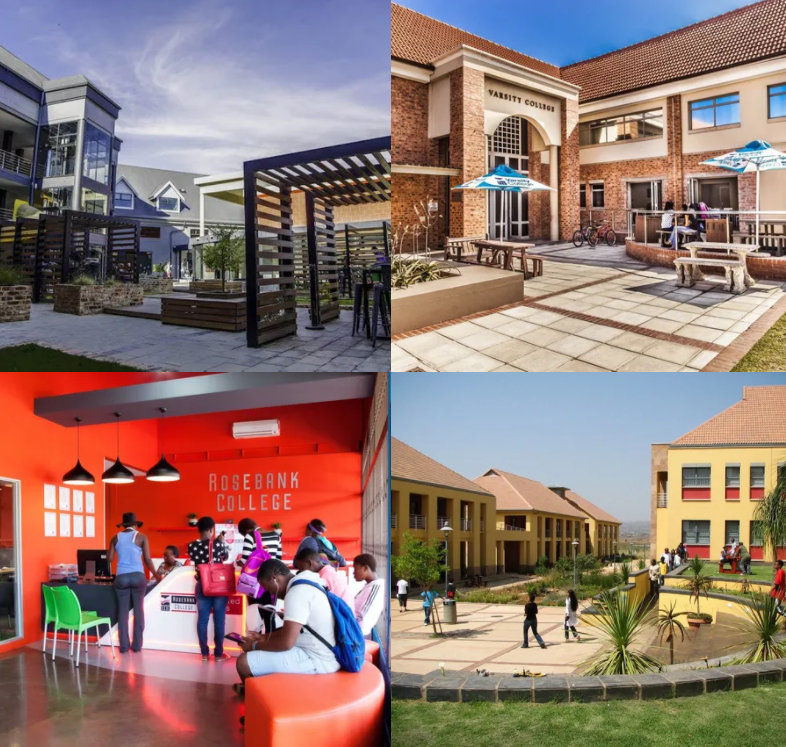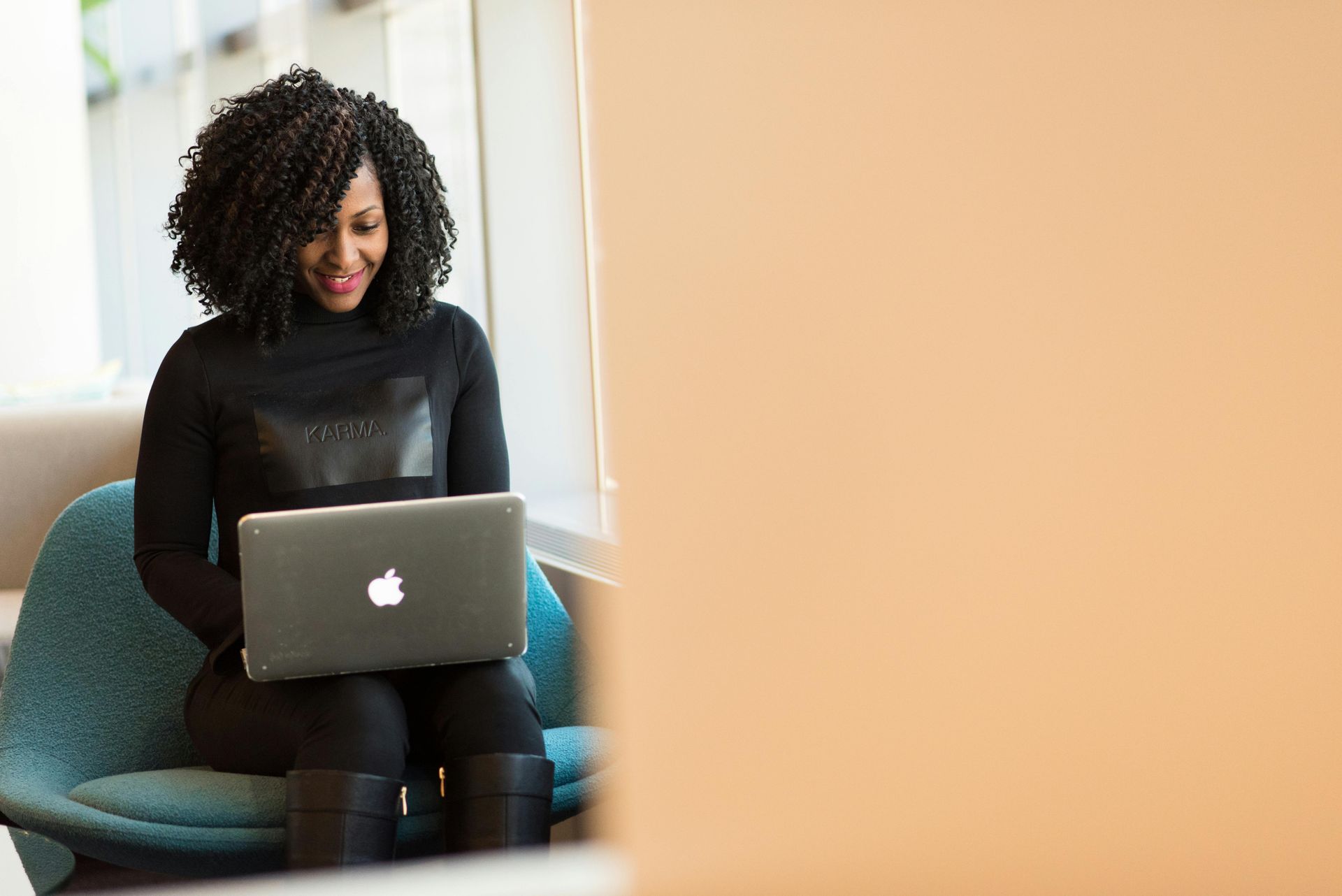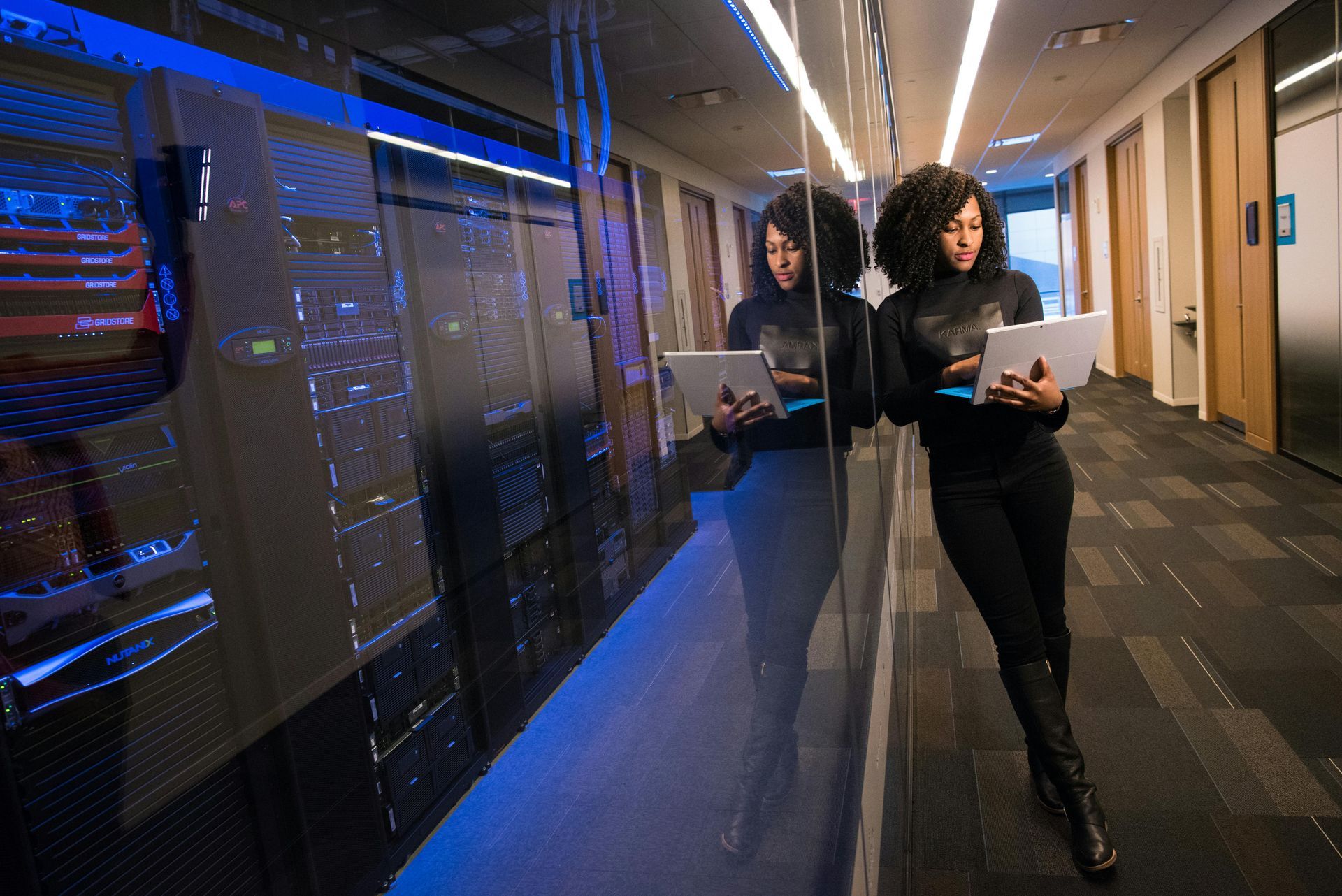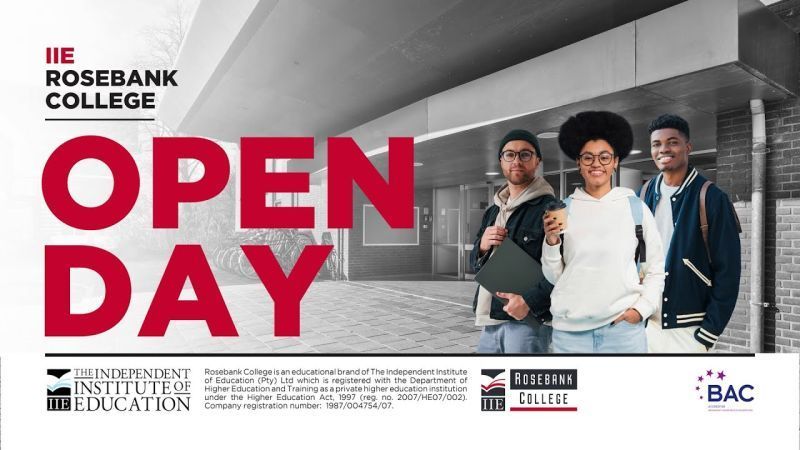MATRICS: DON’T SETTLE ON STUDY CHOICE BEFORE CONSIDERING THIS CRUCIAL FACTOR
World of Work • August 26, 2020
Covid-19 and global lockdowns will have an enduring impact on how prospective students will make decisions about higher education options in future.

Covid-19 and global lockdowns will have an enduring impact on how prospective students will make decisions about higher education options in future, an education expert says.
“Previously students opted for tradition, legacy and a particular mode of learning, being either contact or distance, depending on their circumstances and the social perceptions around them. It is now clear that not only history matters – institutions must be able to respond to the up and down uncertainty of the environment in which we live without compromising the learning experience. That ability to switch between methods without notice and to do so without disrupting learning has become a differentiator,” says Dr Felicity Coughlan, Director of The Independent Institute of Education, SA’s largest and most accredited private higher education institution.
Coughlan says one of the major considerations in future, will be the ability of a higher education institution to continue providing the highest quality academic excellence, regardless of mode of delivery and even regardless of quick and unanticipated changes to what is permitted and possible.
As the economy struggles, there is also likely to be an increased focus on the work readiness link of qualifications in a far more explicit manner than has been the case. Students are likely to be asking more deliberate questions about the link between qualifications and employment than they have before, as fewer and fewer students can afford to simply treat their first degree as formative.
“The institution of choice for the future will therefore be one that offers qualifications that result in work ready graduates as well as a teaching and learning environment that can shift seamlessly from the class to online and back. It is truly a best of both worlds option – students still want the campus life experience but they need to know they can get it with the surety that if necessary, the institution can continue to engage them online during periods of closure which are likely to repeat themselves in the future,” says Coughlan.
She says that this is not about all students wanting to study in the distance mode as this does not suit everyone and the value of a campus-based education for matters like enrichment and learning to collaborate, and engaging directly with experts, remains the same.
“It is about future-proofing contact education,” Coughlan says.
“In addition to previous factors that needed to be considered when deciding what to study and where, the ability to deliver a quality and resilient offering when face-to-face delivery is not possible, has now become a non-negotiable. The world has changed. Some form of social distancing and responsiveness to epidemic outbreaks - even if not at the scale of a pandemic - needs to be integrated into how we live. Institutions that are expecting to go back to what was are missing the point – the future is about the best of both alongside proven capacity to change tack responsively and quickly without disrupting learning or assessment. This is the new normal.”
Coughlan says that on the positive side, The IIE has, as a result of their own response to lockdown learning, discovered that face-to-face contact learning is in fact enhanced by other delivery methods.
So when considering institutions for next year, prospective students should be aware of the terminology related to the mode/method of delivery they’ll encounter so that they can differentiate between them.
“Traditionally there are two modes of delivery types that students select. This is either contact studies, where the bulk of the teaching and learning is on a campus site with face-to-face interaction between lecturers and peers, or distance studies where the bulk of the teaching and learning requires little to no actual campus contact sessions, but rather is technologically-mediated, i.e. interaction between the educators and with peers occurs using electronic platforms. Distance studies also include what is traditionally called pack and post, where materials are mailed to students, or where it can be downloaded from a student portal,” she says.
For some time now students on many campuses have been able to blend their class learning with some online engagement with the content, the lecturer and peers on a digital platform. Where this has been structured and planned to support and supplement contact teaching, it is known as blended learning, and it is the progressive way to add value to the traditional classroom-based method of teaching and learning.
The pandemic has also highlighted the development of hybrid learning where classroom and online sessions are happening at the same time to give those students who are online, direct person-to-person engagement with those who have opted to be in the physical class. It is a great pandemic response model as it is truly the best of both and when done well the learning outcomes are good. It is not however that easy as the lecturer needs to be able to engage two very different audiences at the same time, so professional development of staff and the employment of effective broadcast technology using Bluetooth and Wi-Fi are now standard, Coughlan explains.
She says that in future, a good institution will have to be in the position to let students move seamlessly between in-person and online at a moment’s notice as circumstances limit when a student can safely engage in person.
“We are great supporters of contact education as we believe in campus life and the value it adds, but we are realistic about the uncertainty and excited about the possibilities of making hybrid learning meaningful and engaging. For those Matrics who are still investigating their study options for next year, or those who are having a change of heart now about their choice as a result of changes brought on by the pandemic, an important step in making the choice is to speak to current students at various institutions to evaluate how their institution ensured continuation of learning and how well it supported students.
“So consider whether current students will still complete their academic year by the end of 2020, or have their studies been thrown into disarray? How much was invested into technology and development pre-lockdown, so that the institution could respond swiftly when lockdown was announced? Did institutions support those students who did not have the resources and data to continue learning? Does the institution have a strong work-integrated learning focus and industry-connect curriculum, or is it purely focused on (sometimes outdated) theory?
“In addition to the usual questions about registration, accreditation and employer recognition of qualifications, the question about the ability to continue delivering at the highest level has now become a crucial and non-negotiable one for future students to consider,” says Coughlan.










